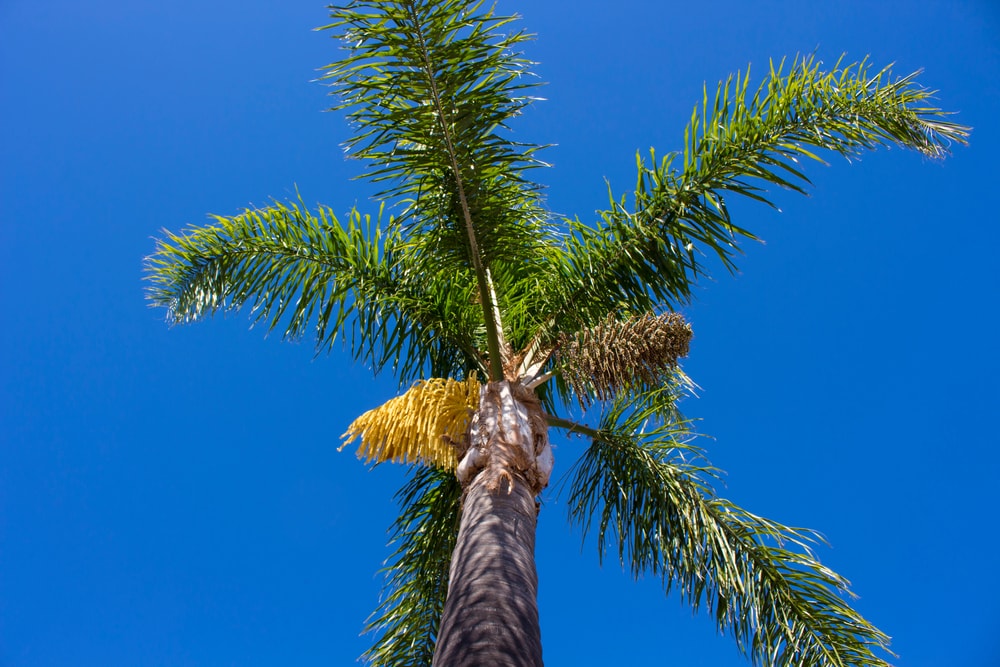Outforia Quicktake: Key Takeaways
- Queen palms are impressive trees, reaching a height of 50 feet (15.2 meters) and producing large clumps of cream-white flowers.
- They are native to South America and naturalized in North America, Florida, California, and in coastal New South Wales and SE Queensland in Australia.
- Queen palm trees are mainly used for decoration in landscapes and are popular due to their low maintenance, versatility, and air-purifying properties.
- The fruits of the queen palm are edible and can be used in recipes like queen palm berry juice; they contain magnesium, Vitamin C, potassium, and antioxidants.
- Queen palms need lots of water, special palm fertilizer, high nutrition, slightly acidic soil, and bright sunlight to thrive.
There are so many types of palm trees! In fact there are over 2,500, with 200 genera!
The queen palm (Syagrus romanzoffiana) is one of the most climate hardy palms. It is able to cope with temperatures as low as 25 Fahrenheit.
Queen palms can only be found in US hardiness zones 9b to 11. So you can’t grow them everywhere! This rating shows they are quite hardy for a palm tree. They are even tolerant of salt spray.
Queen palm is also known as the cocos palm – not to be confused with the coconut palm, which is a totally different species.
What Do Queen Palms Look Like?
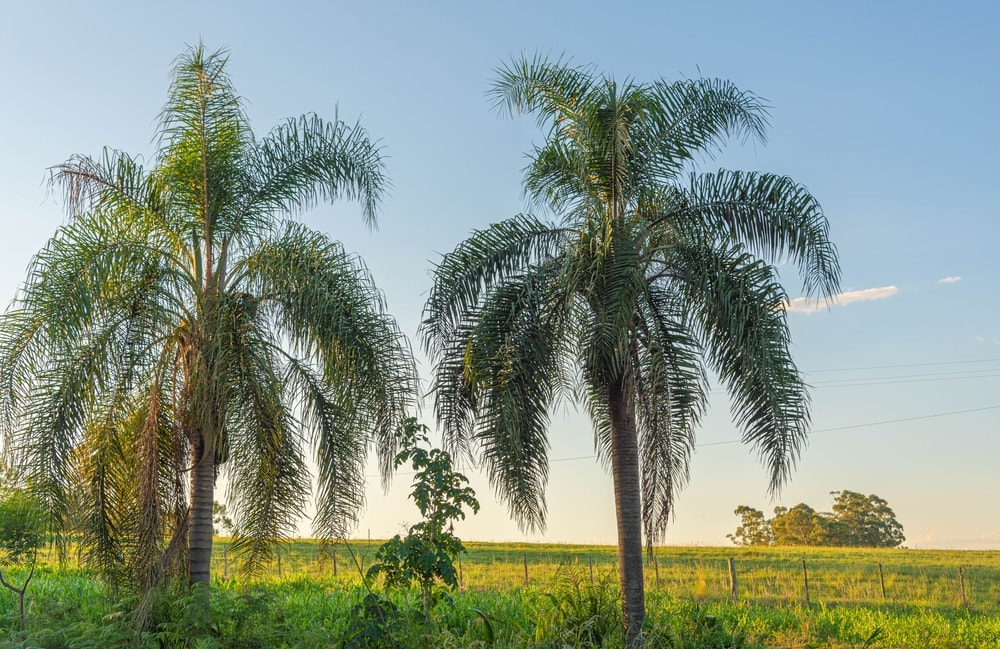
Queen palms are impressive trees that can reach a height of 50 feet (15.2 meters) when fully grown.
With a wide canopy spanning up to 25 feet (7.6 meters), they provide ample shade and create a lush presence in landscapes. The feathery, pinnate leaves of queen palms are a striking feature, measuring up to an impressive 16 feet (5 meters) in length.
During the Spring and Summer seasons, queen palms showcase large clumps of cream white flowers, adding a touch of elegance to their appearance.
These trees also produce bright orange date fruits, which further enhance their visual appeal and provide a delightful treat for wildlife.
The trunk of a queen palm is smooth and gray, with a diameter ranging from 8 to 15 inches (20-38 centimeters). Running along the trunk, you’ll notice distinctive leaf scars, showcasing the growth patterns of the palm over time.
Geography and Distribution
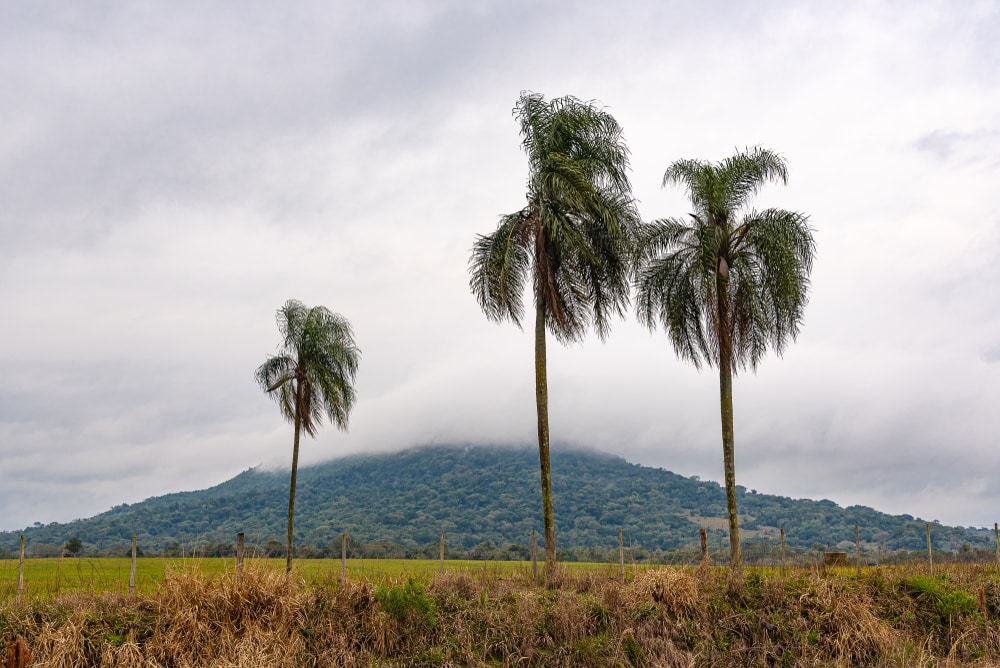
Queen Palms can be found in subtropical regions. They’re native to South America. So you can find Queen Palms growing wild in Paraguay, Northern Argentina, North-eastern Brazil and West to east Bolivia.
Queen Palms are naturalized in North America, mainly in Florida and California. They are regarded as an invasive species in Florida as they are so successful!
They can also be found in Australia and across the world, as they’re a popular decorative tree. You can see them in Australia, in coastal New South Wales and SE Queensland. All these places have a warm climate suitable for the Queen Palm.
You can find them in garden centers across the world, if you want to buy one!
How Important are Queen Palms?

Queen Palms are mainly used for decoration. They are a popular landscaping tree for property developers as they grow fast and look attractive! They are also low maintenance and versatile. Queen Palms are also popular with home gardeners for the same reasons.
Queen Palms are also immune to a lot of bugs and diseases that bother other palms. They purify the air and create much needed shade in hot climates. You will often find them in parks and near walkways.
Are Queen Palms Edible?
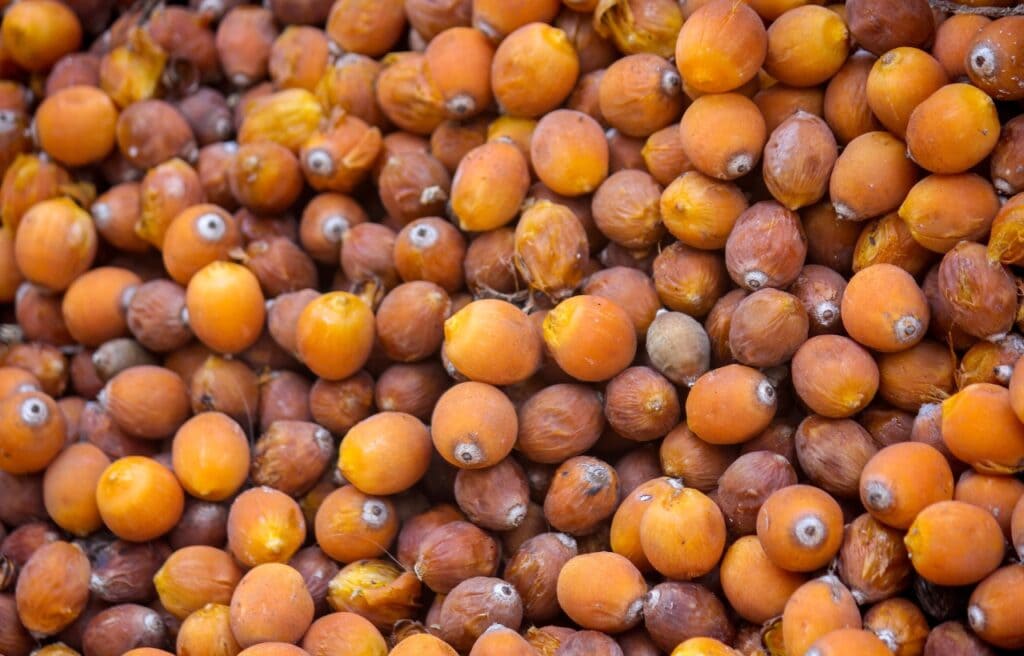
You can eat the fruits of Queen Palms! The native peoples of South America make them into jams, jellies, and add them to baked products. The fruits smell nice too! They can be used raw as a salad garnish or eaten straight off the tree.
Queen palm fruit pulp contains magnesium, Vitamin C, potassium and antioxidants.
How To Make Queen Palm Berry Juice
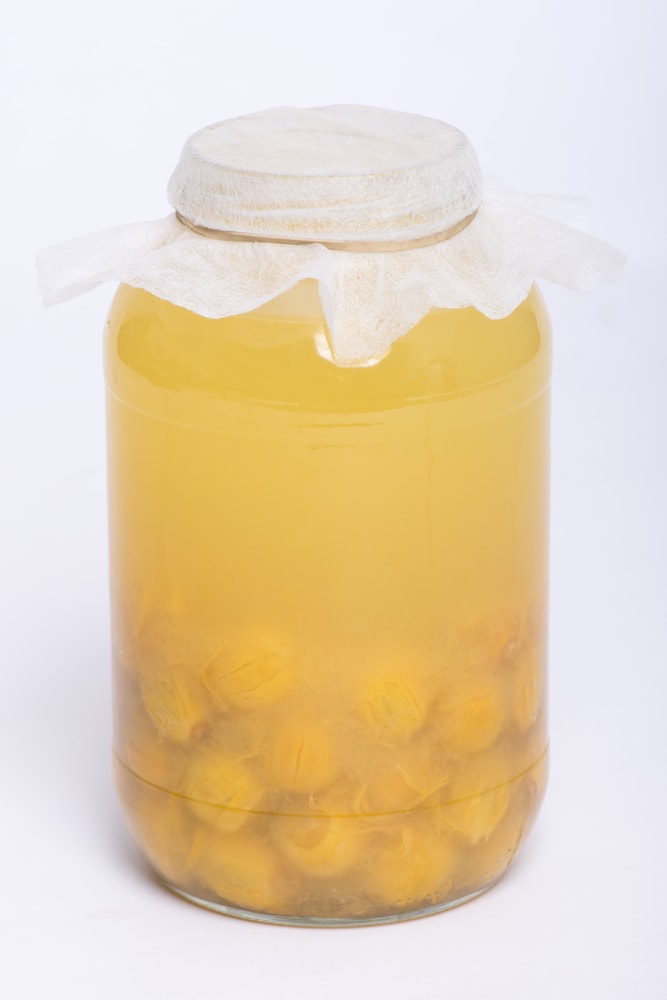
Here is a recipe for queen palm berry juice! You can then use this juice to make jellies afterwards.
You need:
- 2.5 pounds (1.13 kg) of fresh queen palm berries
- 6 pint jar containers with lids
- Stock pot
- Strainer
- Jelly bag or cold press
- Rinse dirt off the berries.
- Put them in the stockpot and add water til berries are just covered.
- Bring to the boil.
- Simmer for one hour. Turn off the heat.
- Once the mixture has cooled, pour it through the strainer into another pot.
- Squeeze the fruit against the strainer until all the juice is in the pot.
- Add sugar to taste! Warm up to dissolve.
- Pour into your jars and seal. Keep it in the fridge.
You may also like: Perennial vs Annual Plants – Which Is Right for You?
What Do Queen Palms Need To Thrive?
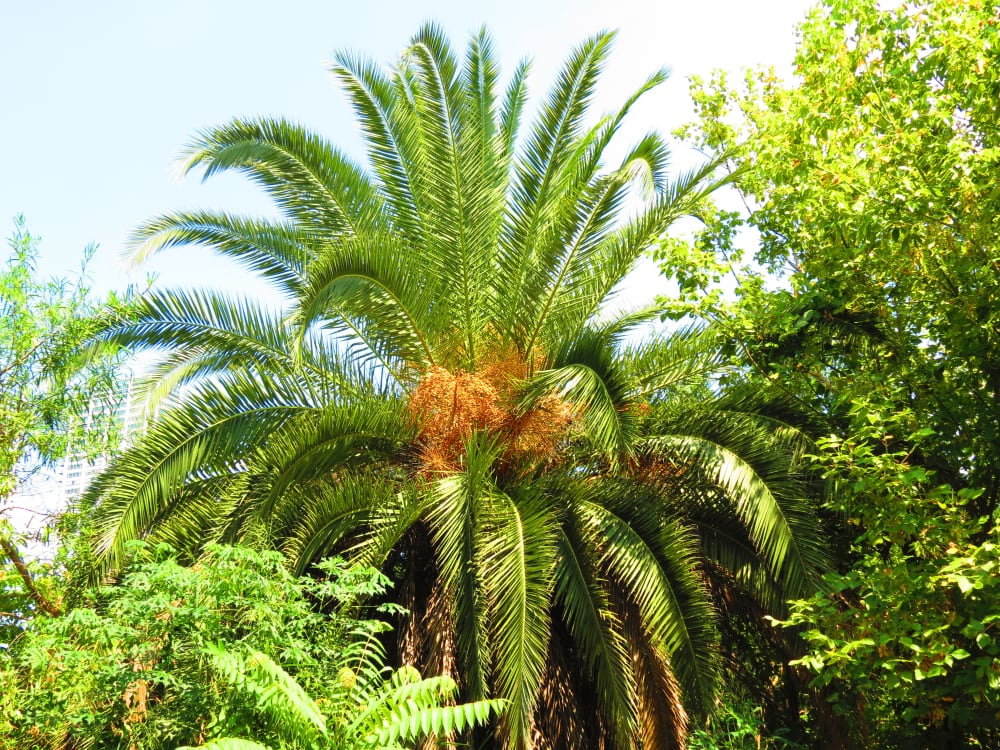
So, you want to grow a queen palm? Here’s a handy list of things your queen palm needs to be happy!
- Lots of water
- Special palm fertilizer roughly 4 times a year
- High level of nutrition
- Slightly acid soil
- Bright sunlight
What Does Palm Tree Fertilizer Have In It?
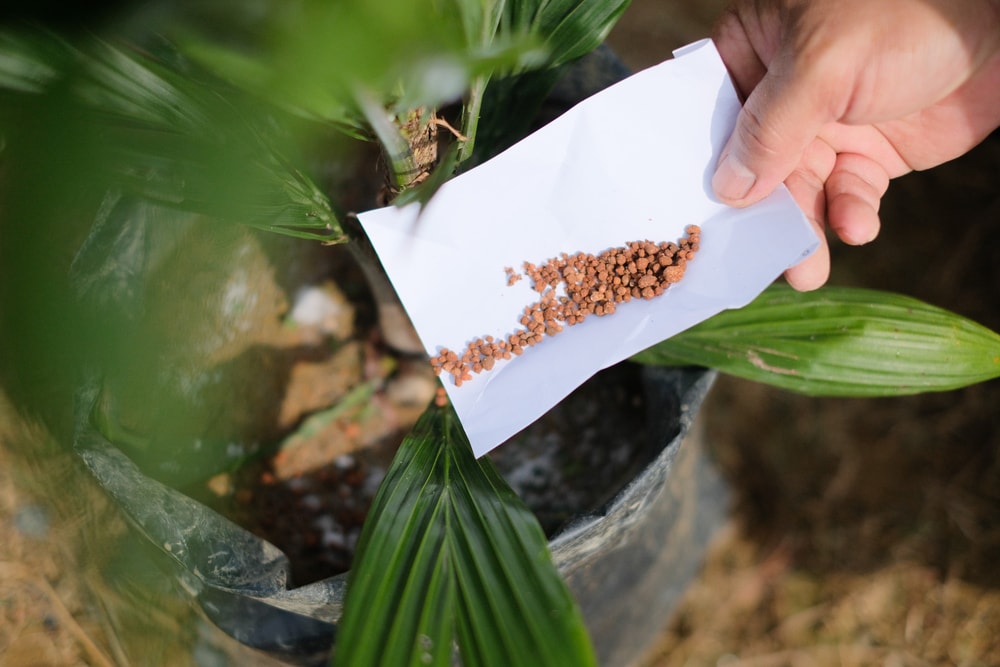
Palm tree fertilizer contains extra magnesium, manganese, and other trace elements. Palm trees need additional amounts of these in the right quantities to thrive. Queen palms need nutritionally rich soil.
You can buy slow release or fast release fertilizer. Organic or semi organic fertilizers will be better for the health of soil microorganisms.
Acid Soil
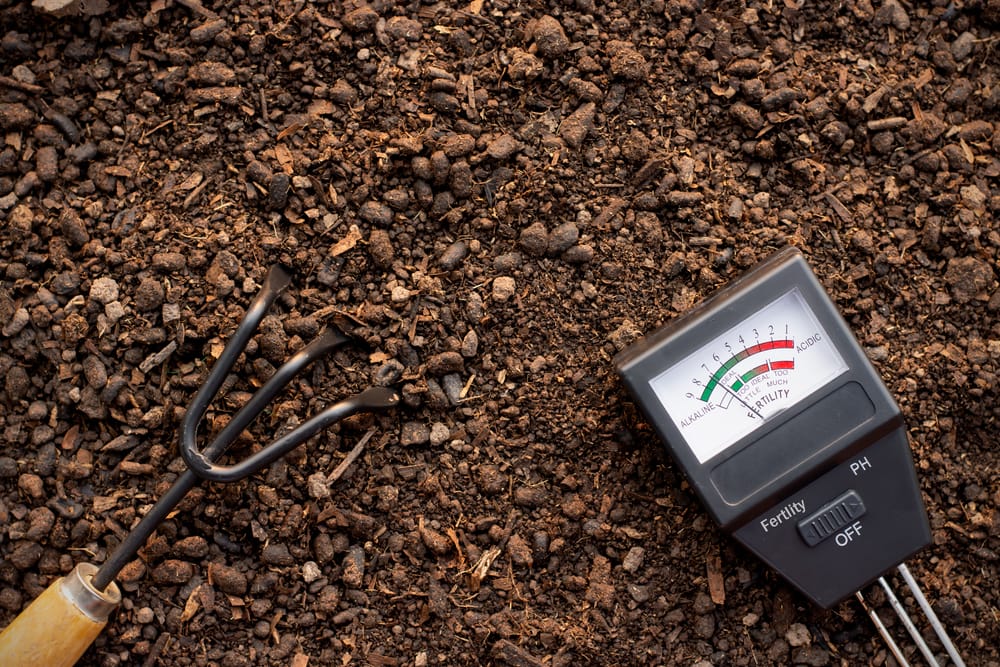
Soil can range from alkaline soil to acidic soil, with neutral being in between. Soil acidity and alkalinity is measured in pH. A pH of 7 indicates neutral. Soil of below 7 is acidic. Soil with a pH above 7 is alkaline.
You can measure the pH of your palm tree’s soil with a home pH test kit. Paper strip test kits are easy to use – just mix the soil in the solution and dip the test strip into it. You can buy a pH test kit specifically for soil. Red color usually indicates acidic soil. Blue color indicates alkaline. Green is neutral.
The queen palm enjoys soil with a slightly acidic pH. If the soil is alkaline, the queen palm’s leaves will go yellow!
Cold Hardiness
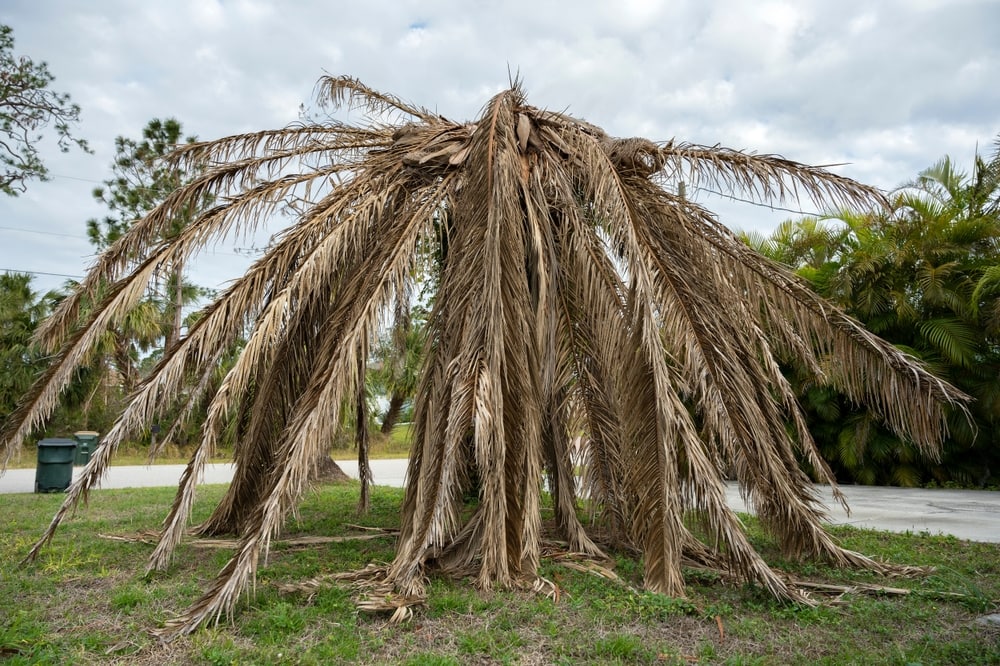
Although queen palm is one of the hardiest palm trees, it will still not thrive if the climate is too cold. If a queen palm tree is too cold, it will show chilling damage on its outermost leaves. This shows up as curling of the fronds, or a reddening of newer fronds.
Long periods of cold during the growing season can cause leaves not to open or grow properly. This can result from nutrient take up by the palm tree being slowed due to the cold.
Frost damage can injure the growing bud. If this happens the entire tree can die.
A hard freeze is when temperatures go below 32 degrees. That’s cold for a palm tree, if not for us! Mature leaf fronds wither and flowers and fruit show damage. Trunk damage can show as soft or sunken areas, wet areas or cracked places on the trunk. Queen palms are pretty hardy and can tolerate temperatures of 25 F.
The Life Cycle of a Queen Palm
So how do baby queen palms grow? Read on to find out about the growth and development of queen palms.
Monoecious Tree
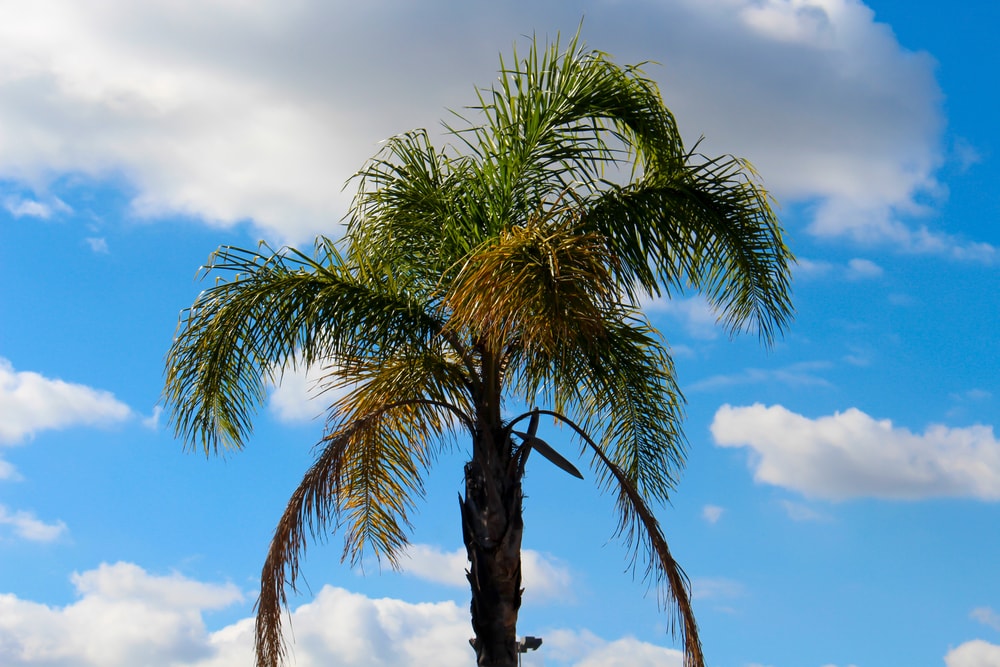
Some palms are monoecious, whilst some are dioecious. Monoecious plants have both male and female parts on one plant. They can often self fertilize if this is the case. Dioecious plants are either male or female. They need a partner of the opposite sex nearby to reproduce!
Queen palms are monoecious. They can still be fertilized by another queen palm as long as they have some help with pollination! This is also better for genetic diversity.
Pollination
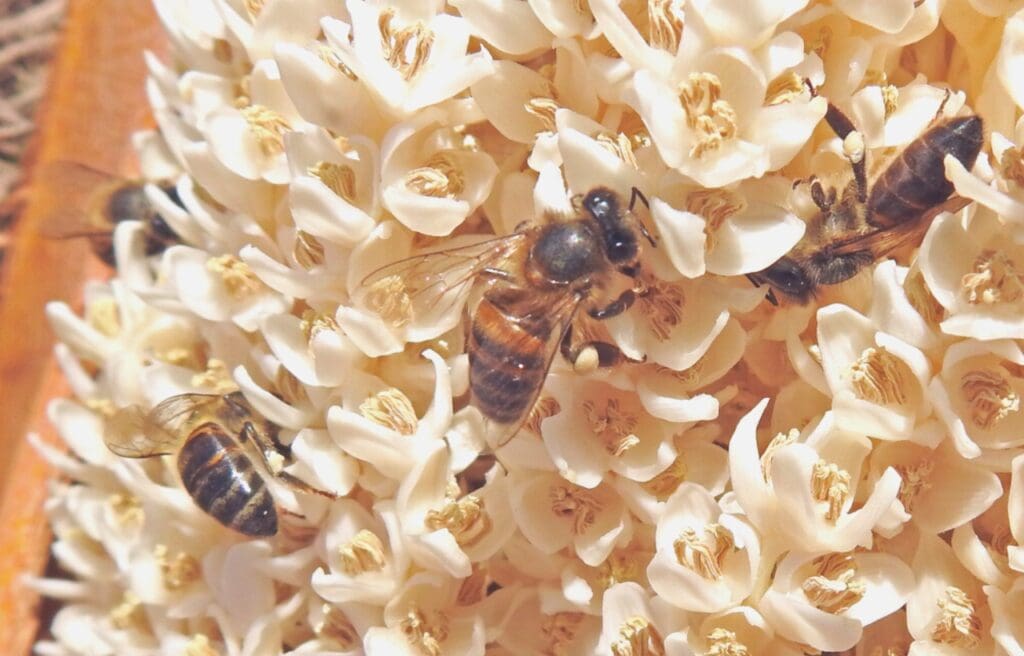
Queen Palms, like many other types of palm, are pollinated with help from insects or the wind. Bees enjoy feeding from Queen Palm flowers.
Many palms have edible seed coatings (e.g. date palms) to entice animals to carry their seeds far away from the shade of the parent tree. The Queen Palm has a layer of tasty edible seed coating to encourage animals. That’s us humans included!
Vegetative Cutting Reproduction

Interestingly, palms with only one trunk can only reproduce by seeds. Palms with multiple trunks can be reproduced by vegetative cuttings. Queen palms have only one trunk. So they can only reproduce by seed, and not by cuttings, once they are mature.
However some sources say you can make cuttings from offshoots at an early stage in the Queen palm’s growth.
Vegetative cutting means cutting off a piece of the tree and encouraging it to grow roots and form a clone of the original tree. A clone has exactly the same genetic material as the tree it was cut from. Cuttings grow faster than palms grown from seed.
Germination of Queen Palm Seed
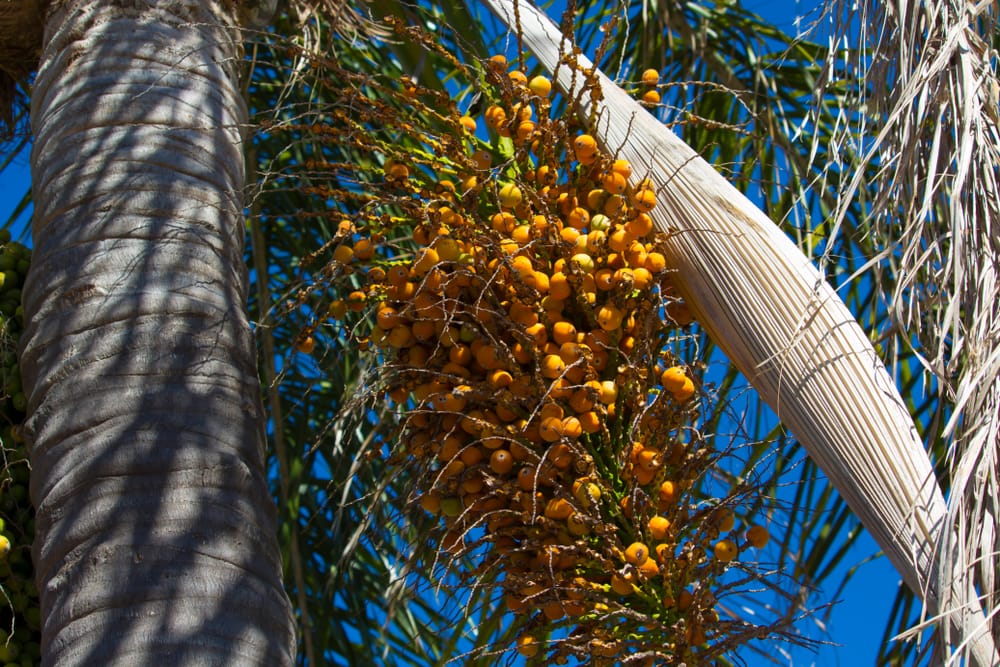
Queen palm seed needs to be half ripe or ripe before it germinates. The soft outer coating must be either cleaned off or eaten! The seeds germinate much better if they are soaked in water for several days before they are put in soil.
The temperature must be high for the seeds to grow – about 90 to 95 Fahrenheit.
Queen palm seeds are quite unpredictable. They can germinate from 6 weeks to 6 months after being buried in soil! Once they germinate, they are one of the fastest growing palm trees. They have a growth rate of 1m (3ft) a year in an ideal soil and temperature! They need good drainage to thrive.
You may also like: 47 Types of Pine Trees From Flamable to Edible
The Queen Palm in Popular Culture
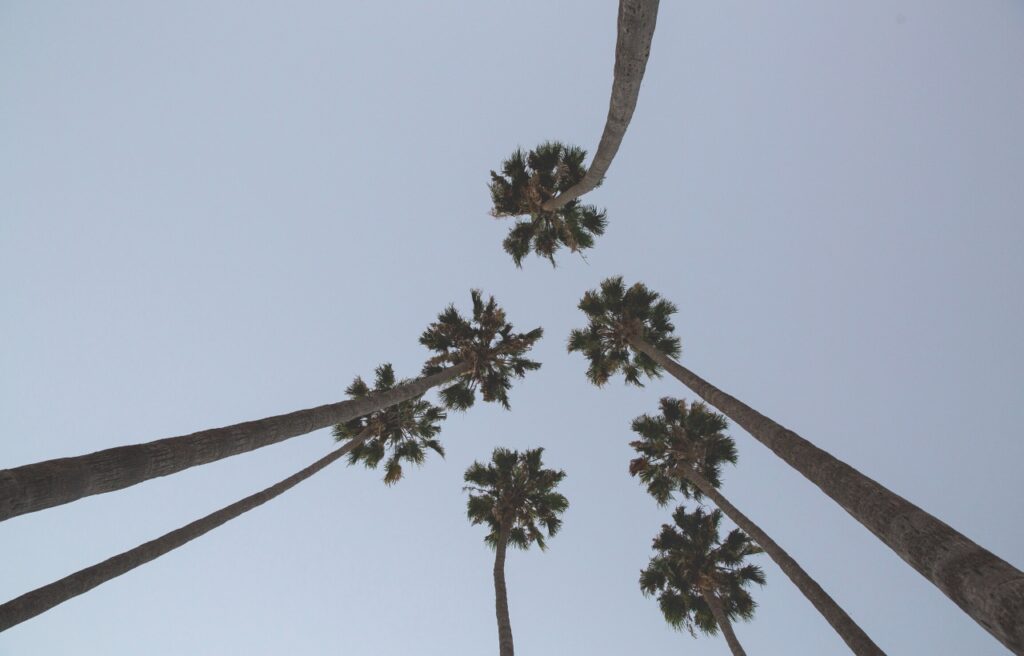
Palm trees play a large part in popular culture and history. They have been with us and been used by us since prehistory. Below are some of the ways palms have influenced and inspired us through the ages!
Palm Trees in L.A. in the Great Depression

Queen palms are one of the many 25,000 palms planted in L.A. during the 1930’s. It was part of preparation for the Olympic Games.
This was also part of a massive effort to relieve unemployment during the Great Depression years. This was a time in American history when the economy collapsed and there was widespread unemployment and poverty.
Now the palm tree has become an iconic symbol of Florida and California. It brings with it the dream of the exotic desert island and luxury holiday!
Palms as a Symbol of Victory and the Goddess Nike

In pre-Christian folklore, the palm leaf was the symbol of triumph. Early Christians used a “victory palm” motif. This was a combination of a palm, a lily, and a vine.
Greek athletes would be awarded a “victory palm” if they won. The Greek Goddess Nike was the goddess of victory. Her name was adapted to Victoria by the Romans. She carried a palm leaf as a symbol of victory. You may recognize her name being used by “Nike,” a very famous sports company!
Palm Sunday

Christian Bible stories tell of Palm Sunday. This is the story of when Jesus arrived in Jerusalem on a donkey.
People were so pleased to see him they lined the streets and threw palm fronds down on the path as he rode over them. He did this even though he knew this was the city where people would turn against him and crucify him.
Nowadays, Christians celebrate this day on the Sunday before Easter. Often, collected dried palm leaves are made into crosses. This is to remind Christians of how Christ died for their sins.
Youu may also like: Plants In The Wrong Places: What Are Weeds?
How To Trim your Queen Palm
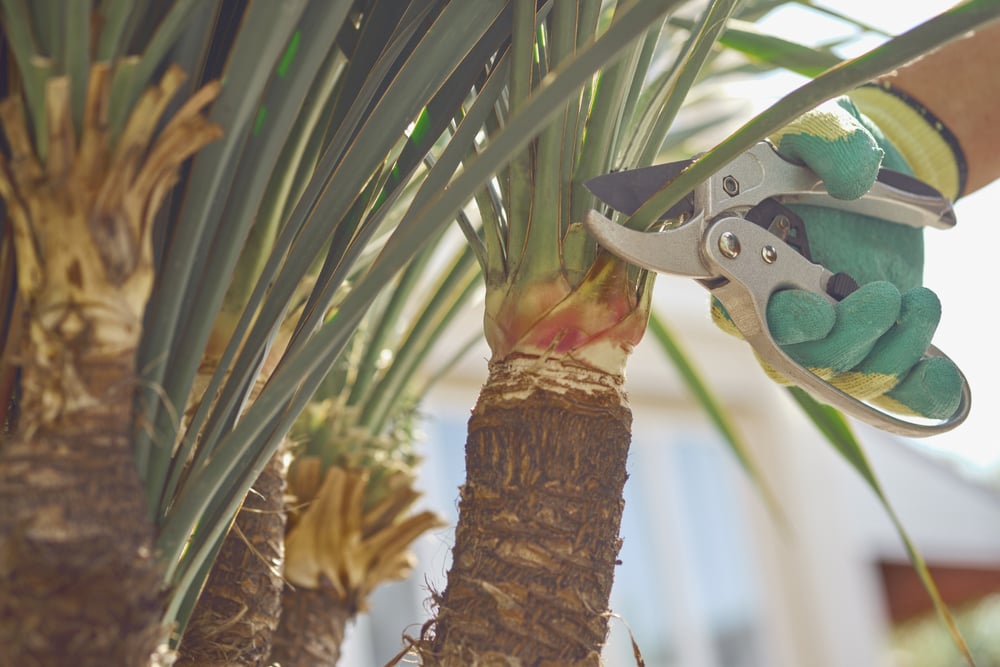
If you’re anxious about trimming your Queen palm, here is a handy guide!
- Check the bottom (base) of the leaf stem. If it still has green on it, that leaf is still alive. If it is brown, you can remove it.
- Is the leaf hanging at less than a 90 degree angle from the trunk? If so, you can remove it safely. If not, it’s likely the tree is still using that leaf.
- Only prune the Queen palm from September to November. Don’t take more than a couple of leaves at a time. Removing too many will harm the tree and cause it stress.
- Leave a 2-3 inches (5-8 cm) of leaf stem on the trunk. Cut the rest of the leaf off using a clean pruning saw.
- Tidy away cuttings. If any are diseased, it is better to dry them out and burn them.
Queen Palm Fun Facts
You may also like: 14 Types Of Ash Tree: A Critical Keystone
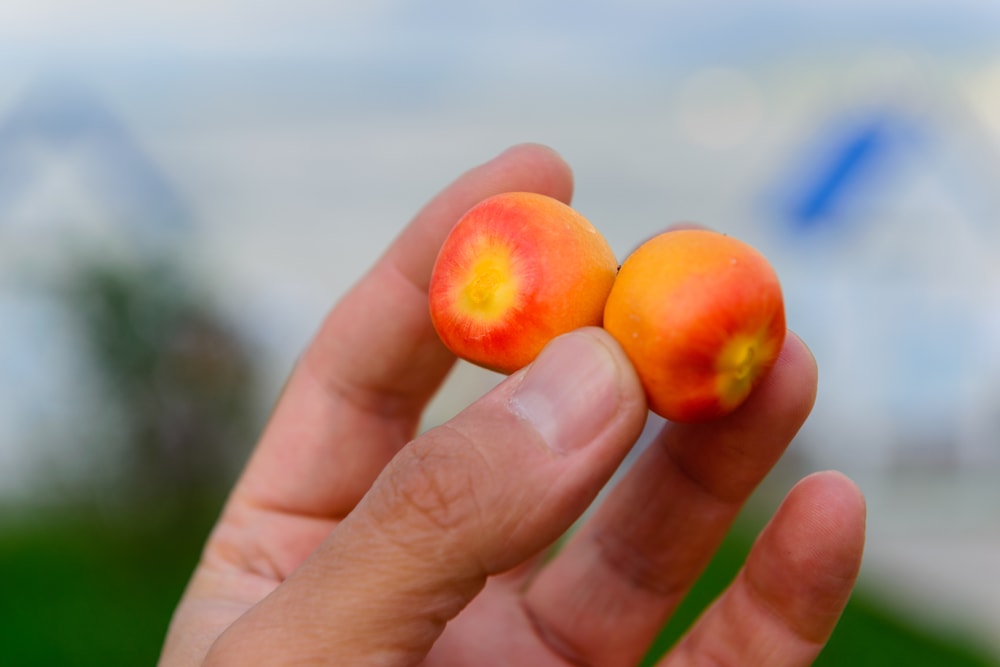
FAQs
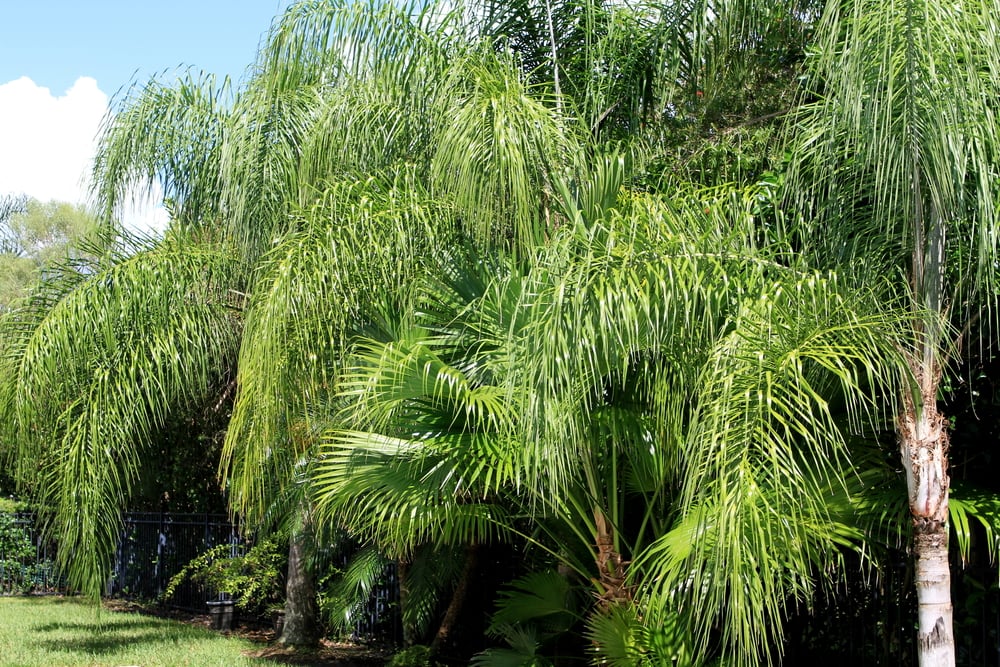
What kills Queen Palms?
Fusarium Wilt disease kills Queen Palms (as well as other palms like the Mexican Fan Palm). It’s caused by the fusarium fungus. It was discovered in 2003 in Florida. It is spread by infected pruning equipment. It can also be spread by wind and through the soil from infected palms.
Spider mites, scale insects and mealybugs can also kill queen palms if left untreated.
Do queen palms have deep roots?
Queen palms have relatively shallow roots. They extend out as far as the crown of leaves. They only reach down to about 4 feet (1.2 m).
Should I trim my queen palm?
It is a good idea to trim dead leaves from your wueen palm, as long as you make sure they are dead! Queen palms do drop fronds naturally, but they aren’t regarded as self cleaning like some other species of palm tree.
Are queen palms toxic to pets?
Queen palms are not listed as toxic.
However, it is not a good idea to let your dog eat too many of the seeds as they can cause gastric upset. This is more due to the fact they can block the digestive tract of small dogs as they are quite large! They are more likely to cause diarrhea than constipation.
Can I keep a queen palm in my house?
You can keep a queen palm indoors if it is too cold to keep it outside.
Make sure you re-pot it as it gets larger. Indoor Queen Palms are susceptible to “pink rot” disease, so check the fronds regularly. Site it near sunlight. Don’t sit it in water as it can become waterlogged. Just water from the top when the soil feels dry.



